As we move towards a more environmentally conscious society, making your home energy efficient is not just beneficial for the planet but can also significantly reduce your utility bills. With advancements in technology and a growing emphasis on sustainability, green-proofing your house has become more accessible and essential than ever before. This article explores eight innovative ways to make your home energy efficient in 2025, ensuring you contribute to a greener future while enjoying a comfortable living space.
Install Solar Panels
Solar panels are at the forefront of green technology, converting sunlight into electricity without emitting harmful pollutants. By 2025, solar panel efficiency is expected to have increased significantly, making them an even more attractive option for homeowners. Installing solar panels can drastically reduce your dependence on the grid, lower your energy bills, and may even allow you to sell excess power back to the grid. Additionally, many governments offer incentives and rebates for solar panel installation, making it a financially viable option for many households.
Upgrade to Energy-Efficient Appliances
Appliances account for a significant portion of household energy consumption. By upgrading to energy-efficient models, you can significantly reduce your energy usage. Look for appliances with the ENERGY STAR label, which signifies that the appliance meets or exceeds government standards for energy efficiency. In 2025, expect even more advanced features like smart energy management systems that can optimize appliance operation times to save energy further and reduce costs.
Smart Home Automation
Smart home technology has revolutionized the way we manage our homes, offering unprecedented control over heating, lighting, and electronic devices. By 2025, smart home systems will be more sophisticated, integrating seamlessly with renewable energy sources and providing real-time energy consumption data. Automating your home to manage energy use efficiently—such as programming thermostats to adjust temperatures based on occupancy or using motion sensors to control lighting—can lead to substantial energy savings.
Enhance Home Insulation
Proper insulation is key to maintaining temperature control and reducing energy loss. By 2025, new materials and technologies are expected to offer superior insulation properties, making homes more energy-efficient by keeping warm air in during winter and out during summer. Investing in high-quality insulation, including walls, attics, and floors, can significantly reduce the need for heating and cooling, leading to lower energy consumption and increased comfort.
Invest in High-Efficiency Windows
Windows are a major source of energy loss in many homes. High-efficiency windows, designed to prevent heat transfer, can greatly improve a home's energy performance. By 2025, advancements in window technology, such as triple-glazing and low-emissivity (low-E) coatings, will enhance their insulating properties. These windows not only help maintain consistent indoor temperatures but also reduce the workload on heating and cooling systems, thereby saving energy and money.
Use LED Lighting
LED lighting is one of the simplest yet most effective ways to improve your home's energy efficiency. LEDs use at least 75% less energy and last 25 times longer than incandescent lighting. By 2025, LED technology will have advanced even further, offering a wider range of colors and dimming options, all while consuming even less energy. Replacing all your home's lighting with LED bulbs is a straightforward step towards a more energy-efficient home.
Rainwater Harvesting Systems
Implementing a rainwater harvesting system can significantly reduce your water usage and lower your utility bills. By collecting and storing rainwater for non-potable uses such as toilet flushing, gardening, and washing clothes, you can conserve a substantial amount of water. In 2025, expect to see more sophisticated systems that integrate with smart home technologies, allowing for efficient water management and contributing to a sustainable home ecosystem.
Plant a Green Roof or Vertical Garden
Green roofs and vertical gardens not only add aesthetic value to your home but also contribute to its energy efficiency. These living installations provide natural insulation, reducing the need for heating in winter and cooling in summer. They also help manage rainwater runoff and improve air quality. By 2025, the popularity of green roofs and vertical gardens is expected to grow, supported by advancements in lightweight, drought-resistant plant varieties and modular planting systems, making them easier to install and maintain.

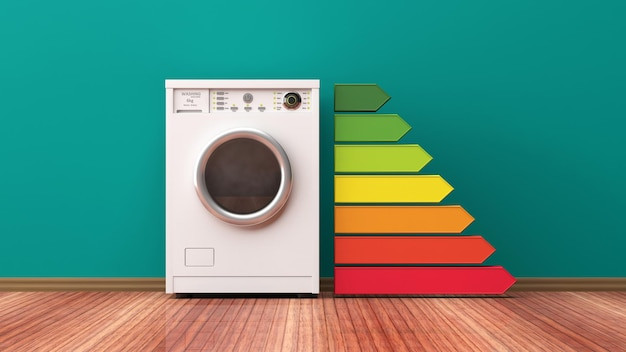



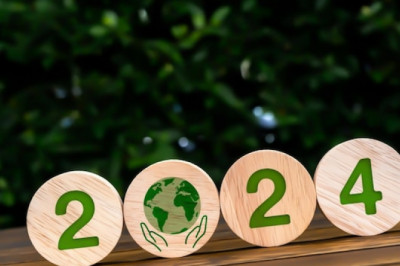

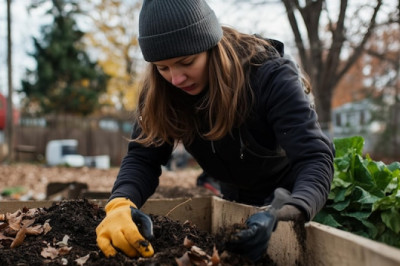

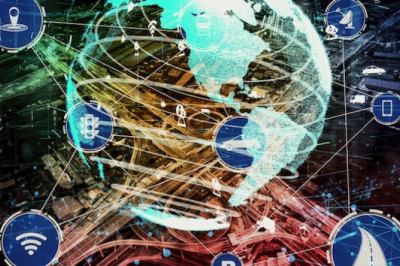

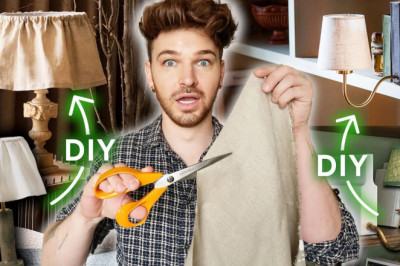





Comments
0 comment